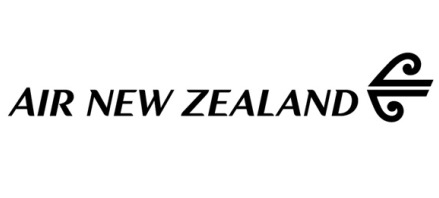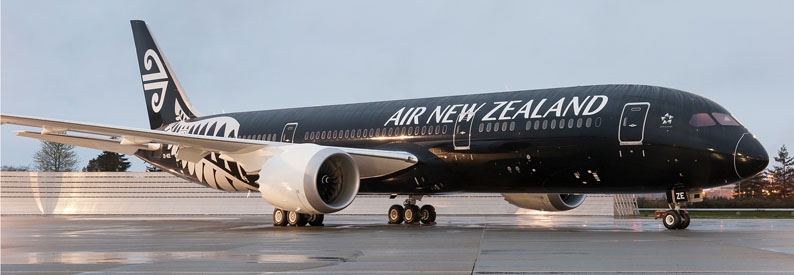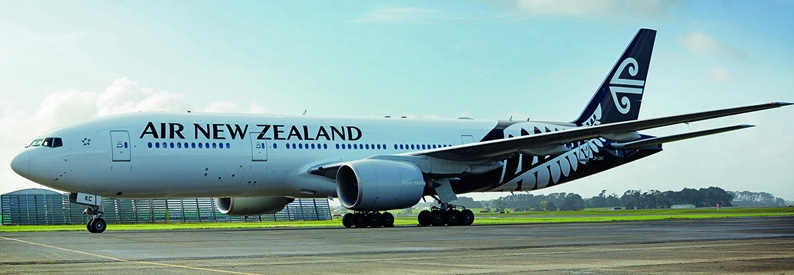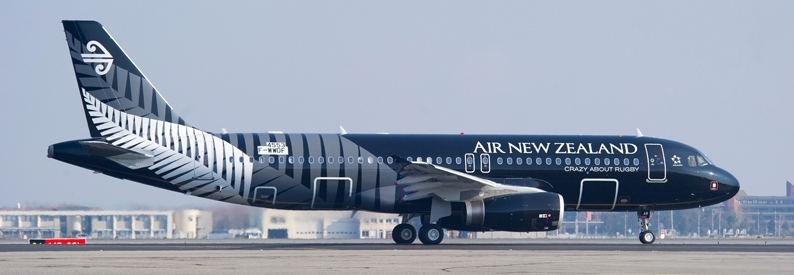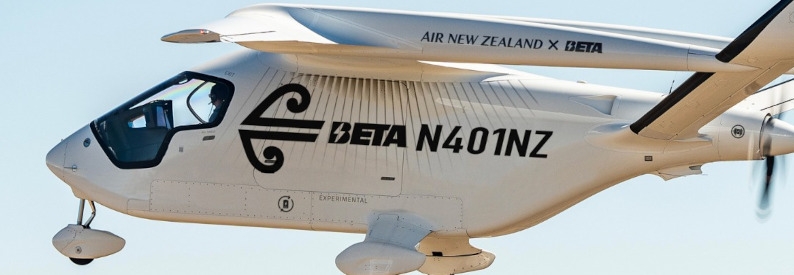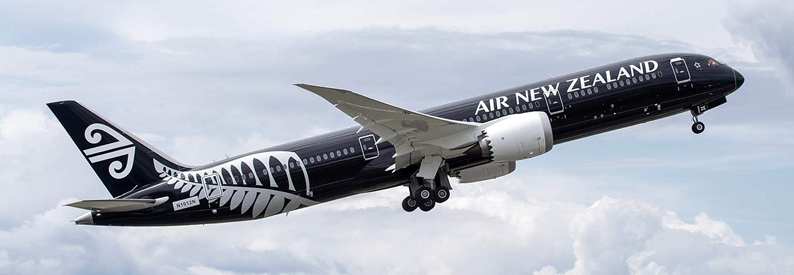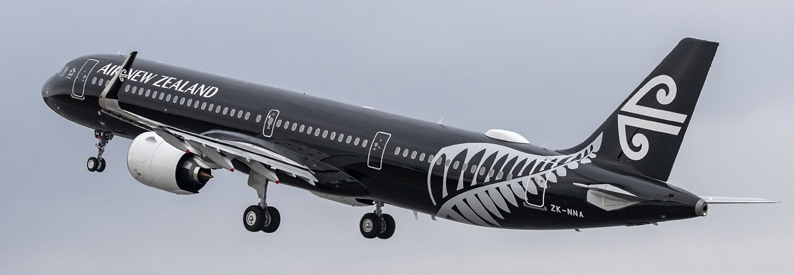Air New Zealand (NZ, Auckland International) has issued an Expression of Interest (EOI) request, seeking two domestic airports, including a single primary airport base and a single airport destination, to handle its first next-generation demonstrator flights. Right now, the airline is still determining exactly what type of aircraft will operate those flights. It only says that it will be electric, hybrid or hydrogen fuel celled and will initially run as a cargo-only service.
"Air New Zealand plans to fly its first next-generation aircraft as a commercial demonstrator in 2026. "This will not be a 50-seat aircraft flying the length of New Zealand," the EOI document reads. "It’s likely to be a small plane, starting on short routes. But it’s a start..."
Like many airline operators, Air New Zealand wants to be net carbon zero by 2050. In 2021, it launched its Next Gen Aircraft Product Requirements Document, seeking partnerships with next-generation aircraft manufacturers. After the 2026 demonstrator flight, the airline wants to start replacing its DHC-8-Q300 fleet with more sustainable aircraft, likely featuring green hydrogen or battery hybrid systems, from 2030. To date, it has signed partnership agreements with France's VoltAero, Beta Technologies, Eviation, Cranfield Aerospace, and Heart Aerospace.
"Over the next few years as Air New Zealand works towards its ambition of flying next generation aircraft on our domestic network from 2030, we will be focused on supporting the building, testing, and certifying of aircraft and associated infrastructure," said Air New Zealand's Chief Sustainability Officer Kiri Hannifin.
The stated concept of operations includes flights between one airport base and one destination airport; an airport base to overnight aircraft, accommodate refuelling/recharging; engineering and maintenance facilities and crew base; and a destination airport to accommodate aircraft turnarounds and operations.
"It will allow the airport partners to be some of the first in the world to learn from next generation aircraft in operation. This means New Zealand airports will help shape the design of new airport infrastructure globally," the document said.
The minimum requirements for the primary airport include:
- Being a certified airport and capable of IFR operations;
- Having a sealed runway greater than 1,200 metres with runway lighting;
- Having fire and rescue capabilities (minimum CAT3);
- Having an air traffic control service;
- Maintenance facilities; and
- The capability to overnight aircraft.
The secondary airport needs to have a sealed runway greater than 1,200 metres with runway lighting, be certified, and be capable of IFR operations. In addition, both airports have to be current Air New Zealand destinations.
The airline intends to choose its two airports in 2024, commence any infrastructure builds, and complete training in 2025 ahead of the first flights the following year.
"The selected airports will be leaders in supporting the implementation of this new technology and will be the conduit of information between airports across the country as we drive the change required in advance of our larger fleet replacement needs from 2030," said Hannifin.
- Type
- Base
- Aircraft
- Destinations
- Routes
- Daily Flights
